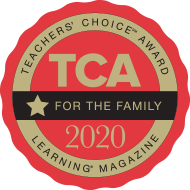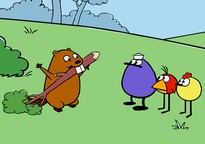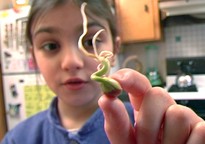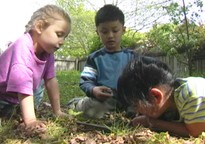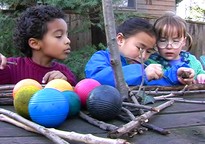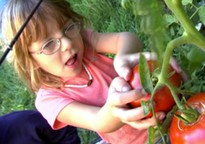Here are the materials needed for all the activities and learning centers in Explore Plants. The materials are also listed with each activity.
General
pencils
crayons and markers
white printer paper
colored construction paper
chart paper
paste, tape, or glue
scissors (for children)
scissors or plant trimming scissors
clipboardl
several water spray bottles
camera
magnifying glasses, enough for each child (available at http://www.discountschoolsupply.com/ and http://www.orientaltrading.com)
Learning Centers
assorted houseplants
bouquet of cut flowers in vase
branches and twigs
assorted types of flower and vegetable seed packets
bowls for displaying seeds, or white ice cube trays
poster board or mural paper for large “Our Plants” chart
leaves, bark, and seeds collected from the ground
Week 1 Activities: Planting Seeds
two houseplants
fresh pea pods
dry kidney or lima beans
dry kidney or lima beans soaked overnight
plastic cups (with holes poked in bottom for drainage)
plastic plates
paper plates
potting soil, without added fertilizer
plastic wrap
paper towels
plastic sandwich bags
sunflower seeds, with and without shells
grass seeds (cat grass grows especially fast and is available at garden and pet stores)
green onion bulbs
clear plastic/glass vases or jars
images of bulbs growing in a garden from the Internet or a book
images of a fully grown kidney bean plant with bean pods, from the Internet or a book
3 white carnations cut short, leaving about 2–3 inches of stem
2 colors of food coloring
bucket (optional)
Week 2 Activities: Trees and Plants
string
an acorn, or a photo or drawing of an acorn
unwrapped crayons
hula hoops or circles of string
small paper bags
“mystery bag” or pillow case filled with leaves, twigs, branches, pine needles, pinecones, chestnuts, acorns, a piece of bark, etc., that you’ve collected
Week 3: Plants We Eat
Vegetables Activities
flower pot
potting soil
carrot with leaves still attached
alfalfa or clover sprout seeds, soaked overnight (you may have to visit a few supermarkets or garden stores to find these)
glass jar (sterilized)
cheesecloth
rubber band
aluminum pie pan
potatoes, one cooked and one raw
root vegetables (such as carrots and radishes, with the leaves attached, if possible)
leaf vegetables (such as lettuce and spinach)
salad dressing
bread
mayonnaise
Fruits Activities
apples and pears
3 fruits with different types of seeds and pits (perhaps kiwifruit, peach, and melon)
oranges (one per child)
3 other citrus fruits (perhaps clementines, grapefruits, limes, or lemons)
manual juicer
strainer
cups
plastic knives
various kinds of fruits for a fruit salad (grapes, bananas, oranges, melon, apple, kiwi, strawberries, etc.)

 Español
Español


